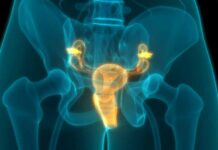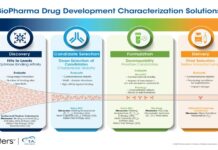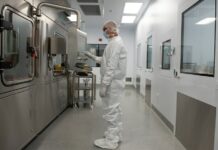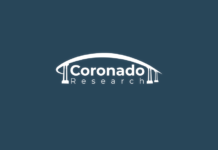In recent years, stem cell therapy has emerged as a groundbreaking approach in regenerative medicine, offering patients innovative ways to support healing and recovery. A fundamental shift is occurring in healthcare—one that moves away from traditional, one-size-fits-all pharmaceutical solutions and toward personalized, biologically driven approaches. Physicians are now harnessing patients’ own stem cells to promote natural healing, offering a minimally invasive alternative to major surgical interventions.
At the forefront of this movement is Cell Surgical Network, a pioneering organization that emphasizes patient-driven regenerative medicine using a patient’s own cells. By leveraging autologous stem cell therapies, doctors are unlocking new possibilities for individuals seeking alternatives to conventional treatments.
The Power of Personal Stem Cell Therapy
Unlike traditional pharmaceutical interventions, which rely on mass-produced solutions, personal stem cell therapy utilizes a patient’s own cells to promote healing. This represents a paradigm shift in medicine, aligning with the body’s natural regenerative mechanisms.
The process of isolating a patient’s stem cells is relatively straightforward and minimally invasive. Stem cells are typically harvested from adipose (fat) tissue through a minor outpatient procedure. Once extracted, these cells can be reintroduced into areas of the body where healing support is needed. Because the cells originate from the patient’s own body, concerns over rejection or adverse immune reactions are significantly reduced.
This biological and patient-specific approach to medicine is gaining traction across multiple fields, including orthopedics, neurology, cardiology, and longevity-focused medicine.
Why Patients Are Choosing Stem Cell Therapy
The growing demand for minimally invasive medical solutions is driving the adoption of stem cell-based approaches. Patients are increasingly looking to avoid major surgical interventions and long recovery periods. Whether they are dealing with orthopedic challenges, neurological conditions, cardiovascular concerns, or are focused on longevity and performance, individuals are seeking options that align with how the body naturally repairs itself.
Traditional medicine often follows an “off-the-shelf” model, where patients receive standardized pharmaceutical treatments that may not address the root cause of their concerns. Stem cell therapy, by contrast, offers a highly personalized approach, working in harmony with the body’s own healing systems.
Key Areas Where Stem Cells Are Promoting Healing
Stem cell therapy is being integrated into multiple areas of medicine to support the body’s natural ability to repair and regenerate tissue. Some of the most exciting applications include:
1. Orthopedics and Sports Medicine
- Patients experiencing joint discomfort, soft tissue injuries, or degenerative orthopedic conditions are turning to stem cell therapies as an alternative to surgery.
- Athletes and active individuals are leveraging regenerative medicine to support recovery and performance without long downtimes.
2. Neurology
- Researchers and clinicians are exploring how stem cells can be used to support neurological health and function.
- There is growing interest in regenerative strategies that focus on neuroplasticity and the body’s ability to maintain and repair nerve tissues.
3. Cardiology
- Personalized stem cell approaches are being studied for their potential to support cardiovascular health.
- The idea of using the body’s own cells to promote healing represents a major departure from traditional pharmaceutical-based interventions.
4. Longevity and Performance-Based Medicine
- The use of stem cells in age management and performance medicine is gaining attention as people seek to optimize their health and vitality.
- Regenerative techniques are being explored for their role in enhancing cellular function, recovery, and overall well-being.
A Fundamental Shift in Medical Practice
This patient-centered approach to regenerative medicine represents a fundamental shift in how healthcare is delivered. Rather than focusing solely on symptom management, stem cell therapy emphasizes healing as the primary outcome. This shift aligns with the way the body has been designed to heal naturally, making regenerative medicine one of the most exciting frontiers in modern healthcare.
For physicians, integrating stem cell-based protocols into their practice offers a cutting-edge, biologically consistent approach that complements traditional medical techniques. Networks like Cell Surgical Network are helping clinicians stay at the forefront of this medical revolution, providing education, research, and patient access to minimally invasive regenerative solutions.
Conclusion
The move toward patient-specific regenerative medicine is transforming the pharmaceutical and medical industries. With an increasing emphasis on biological healing rather than symptom suppression, stem cell therapy is redefining the standard of care. Patients and physicians alike are recognizing the benefits of utilizing the body’s own regenerative capabilities, paving the way for a new era in medicine—one where healing takes precedence over intervention.
As demand for minimally invasive, patient-driven solutions continues to grow, stem cell therapy stands at the forefront of a revolution in personalized medicine—one that is reshaping how we think about health, recovery, and longevity.

















![Sirio Launches Global Research Institute for Longevity Studies [SIA]](https://www.worldpharmatoday.com/wp-content/uploads/2019/09/Sirio-218x150.jpg)


